The state purchases electricity from solar power plants commissioned between July 1, 2021 and December 31, 2030 at an application price of 206 kuruş (2.06 TL) per kilowatt-hour. This amount is updated monthly indexed to the U.S. Dollar; the current band is kept between a minimum of 4.95 cents and a maximum of 6.05 cents.
The support provided under YEKDEM is valid for 10 years. If a certain share of panels, inverters, and other equipment is domestically manufactured, the producer is paid an additional premium of 28.80 kuruş/kWh for the first 5 years. Although payments are made in Turkish Lira, the monthly escalation mechanism partially balances exchange-rate fluctuations; this provides investors with visibility of returns in foreign-currency terms.
There is a separate tariff for those who wish to integrate the solar plant with a battery: storage-backed projects benefit from an application price of 125 kuruş/kWh and a corridor of 5.85–7.15 cents. Since the model is designed to rapidly recoup investment costs and make financing easier, as of 2025 it is the primary reference point across all PV projects, from rooftop to ground-mounted.
Why Does the State Purchase Solar Energy?
First and foremost, the state’s purchase of solar energy strengthens energy supply security. By feeding solar-generated electricity into the grid, Türkiye reduces the need for imported coal and natural gas and limits foreign-currency outflows that fuel the current account deficit. Thanks to purchase guarantees under YEKDEM, both large-scale ground-mounted projects and small rooftop systems can obtain financing more easily; thus a distributed and clean generation portfolio grows rapidly.
This model is also a key pillar of climate policy. Reducing fossil-fuel emissions has become essential for compliance with international commitments such as the Paris Agreement and the European Green Deal. Zero-fuel-cost electricity from solar plants improves urban air quality, lowers healthcare expenditures, and eases environmental pressure on sectors such as Agriculture and Tourism.
The purchase guarantee also triggers domestic manufacturing and technology transfer. Producing panels, inverters, and storage components in-country increases added value, creates employment, and boosts export capacity. This cycle returns as predictable income for investors, economies of scale for industry, and—over the long term—lower unit electricity prices for consumers; ultimately, economic development and environmental responsibility align on the same track.
What Is the Current Solar Feed-in Price?
According to the YEKDEM tariff effective for projects commissioned as of July 1, 2021 and valid until the end of 2030, the current solar feed-in price is set at 206 TL kuruş per kilowatt-hour. While this application price ensures payment to producers in Turkish Lira, it is updated monthly via a U.S. Dollar–indexed escalation system to guard against exchange-rate volatility. This system makes revenue forecasts more predictable for investors.
In foreign-currency terms, the floor price is set at 4.95 cents and the cap at 6.05 cents. In other words, payments are revised within this range based on market conditions. Especially for solar energy projects that do not require high investment costs, these prices shorten payback periods and increase investor interest. Therefore, applications for solar energy are rising year over year.
The use of domestic equipment is supported under the incentive scheme, and producers receive an additional payment of 28.80 TL kuruş per kilowatt-hour during the first 5 years. This local-content support both provides extra income for producers and accelerates the development of Türkiye’s energy equipment industry. Thus, solar energy not only generates clean power but also contributes to industrialization and economic growth.
What Is YEKDEM and How Does It Work?
YEKDEM, the Renewable Energy Support Mechanism, is an incentive system developed by Türkiye to increase domestic, environmentally friendly power generation. Through this mechanism, power plants generating electricity from sources such as solar, wind, biomass, hydro, and geothermal are supported with a purchase guarantee at a set price by the state. This reduces investor risk and gradually lowers import dependence in power generation.
The system offers an application price in Turkish Lira for projects commissioned within the specified period. However, to prevent payments from being affected by exchange-rate fluctuations, they are updated monthly based on a U.S. Dollar–indexed escalation. While this method provides income stability for investors, additional supports that incentivize domestic equipment use also contribute to industry. In addition, the purchase period, application price, and support amounts vary by project type and technology used.
One of YEKDEM’s most important advantages is that it fosters a competitive yet sustainable renewable energy infrastructure in the market. Thanks to long-term, predictable price policies, an attractive field has been created for both large energy companies and individual investors. It is also positioned as a critical tool for achieving environmental sustainability goals and sits at the center of the energy transition.
How to Calculate Earnings from Solar Energy?
When calculating earnings from solar energy, the first step is to determine annual electricity production based on the system’s installed capacity, panel efficiency, and your region’s average annual irradiation. A 10 kW rooftop system in Istanbul produces approximately 14,000 kWh; the same capacity can reach up to 16,000 kWh in Antalya. Clarifying the production amount allows you to accurately estimate both your self-consumption potential and the surplus energy you can feed into the grid.
The second step is to calculate the estimated revenue. Under YEKDEM, the current purchase price is 206 kuruş/kWh; a monthly dollar-based escalation also applies. For the portion covering your own consumption, revenue is found by multiplying the tariff you avoid by the kilowatt-hours consumed. If you export surplus energy to the grid, a 14,000 kWh production scenario yields roughly 28,840 TL in gross revenue. If you used domestic equipment, you can receive an additional premium of 28.80 kuruş per kilowatt-hour for the first five years; this support meaningfully increases your total income.
The final step is to determine the payback period by comparing investment cost and operating expenses with net income. As of mid-2025, the turnkey installation cost of a quality 10 kW system averages around 260,000 TL; since maintenance expenses are low, annual net earnings can repay the cost within five to seven years. Factoring in an annual 0.5% decline in panel efficiency, potential loan interest, and exchange-rate risk allows you to correctly read the project’s true internal rate of return (IRR); this gives you a reliable feasibility table when presenting the project to financiers.
Which Institution Sets the State’s Purchase Prices?
The prices applied for electricity purchases from renewable sources, primarily solar energy, are determined by Presidential decree and enter into force upon publication in the Official Gazette. These prices are implemented within the YEKDEM framework, and separate tariffs are created for each resource type. In preparing the decree, the Ministry of Energy and Natural Resources and the Energy Market Regulatory Authority (EPDK) contribute to the process by taking into account technical infrastructure and market data.
The monthly escalation calculations—based on the exchange rate—used to update the tariffs are implemented by the Turkish Electricity Transmission Corporation (TEİAŞ). Payment processes and implementation oversight are also carried out under TEİAŞ’s coordination. Thanks to this structure, producers gain income assurance while the foundations of a transparent and sustainable model are maintained in the energy market.
Conditions and Required Documents for Selling Solar Energy
To start selling solar energy, you first prepare a project file under the “unlicensed” status and apply to the distribution company for a grid connection. As of 2025, rooftop systems and ground-mounted projects up to 5 MW fall under this scope; thus, you can sell electricity to the grid through a streamlined process without obtaining a generation license from EPDK. Positive evaluation of the application depends on suitable transformer capacity along with technical project approval and signing a connection agreement with TEİAŞ/the distribution utility.
Key required documents
- ID or trade registry record
- Unlicensed generation grid connection application form (Annex-1)
- Copy of the current electricity bill
- Title deed, lease agreement, or roof-use permission
- If an apartment building, certified decision book of the management or neighbor consent
- Single-line diagram and site layout plan
- Engineer-signed technical assessment form
- Application fee receipt and power of attorney (if any)
When documents are submitted in full, the distribution company completes the technical review within 30 business days at the latest. Upon a positive decision, temporary acceptance is carried out by TEDAŞ, then a record is opened at EPİAŞ and the netting–sale cycle begins. Thus, surplus production is invoiced at the YEKDEM purchase tariff; depending on installed capacity and domestic equipment premium, projects typically pay for themselves in 5–7 years and turn into a long-term passive income source.


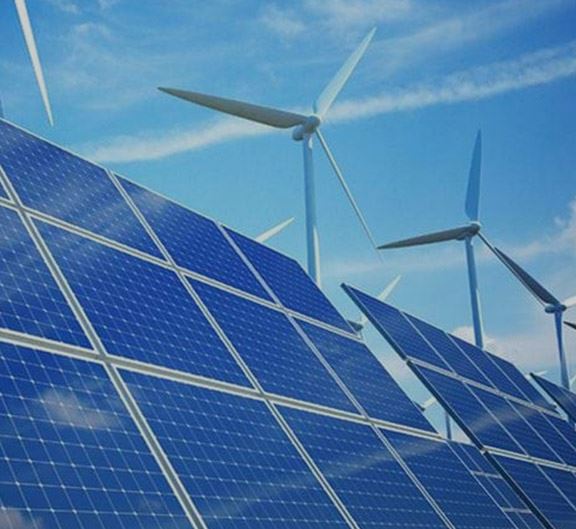
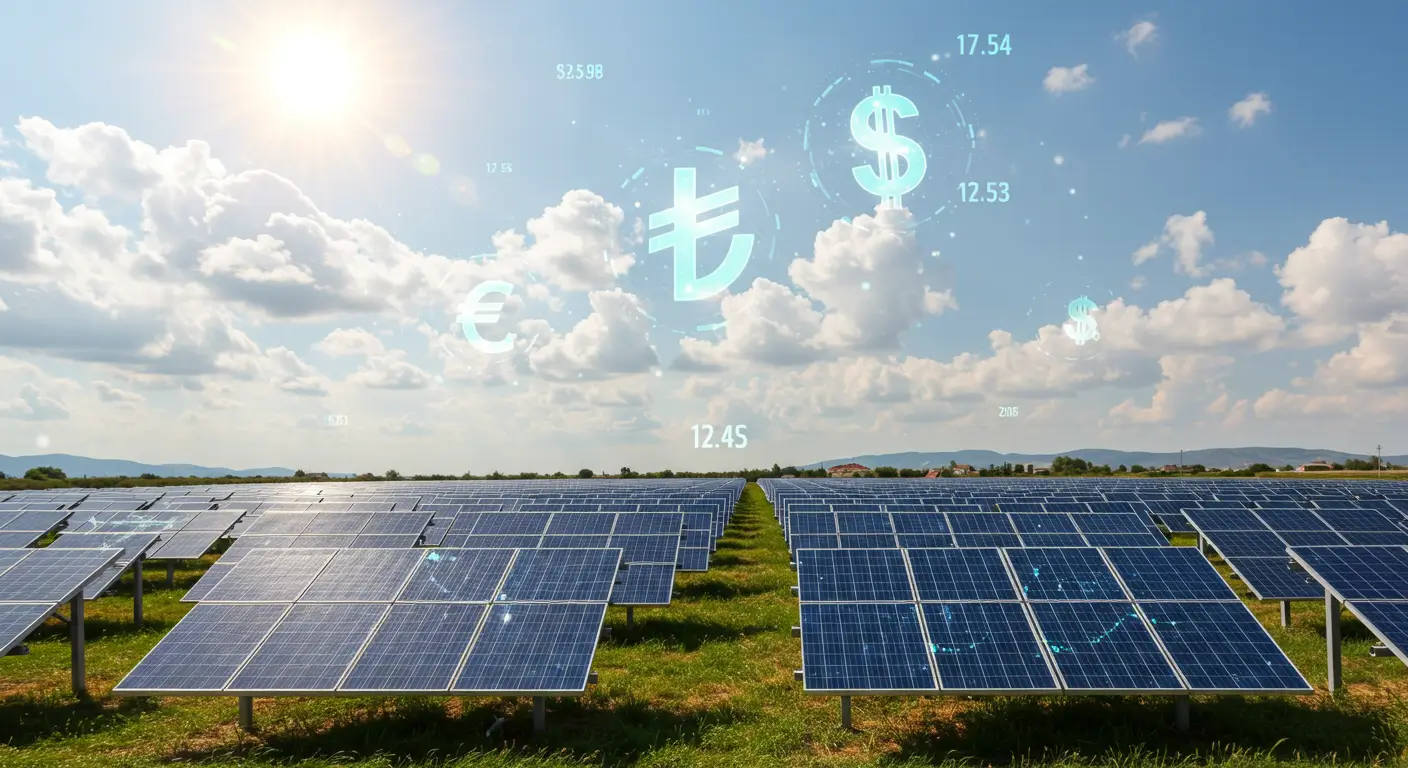
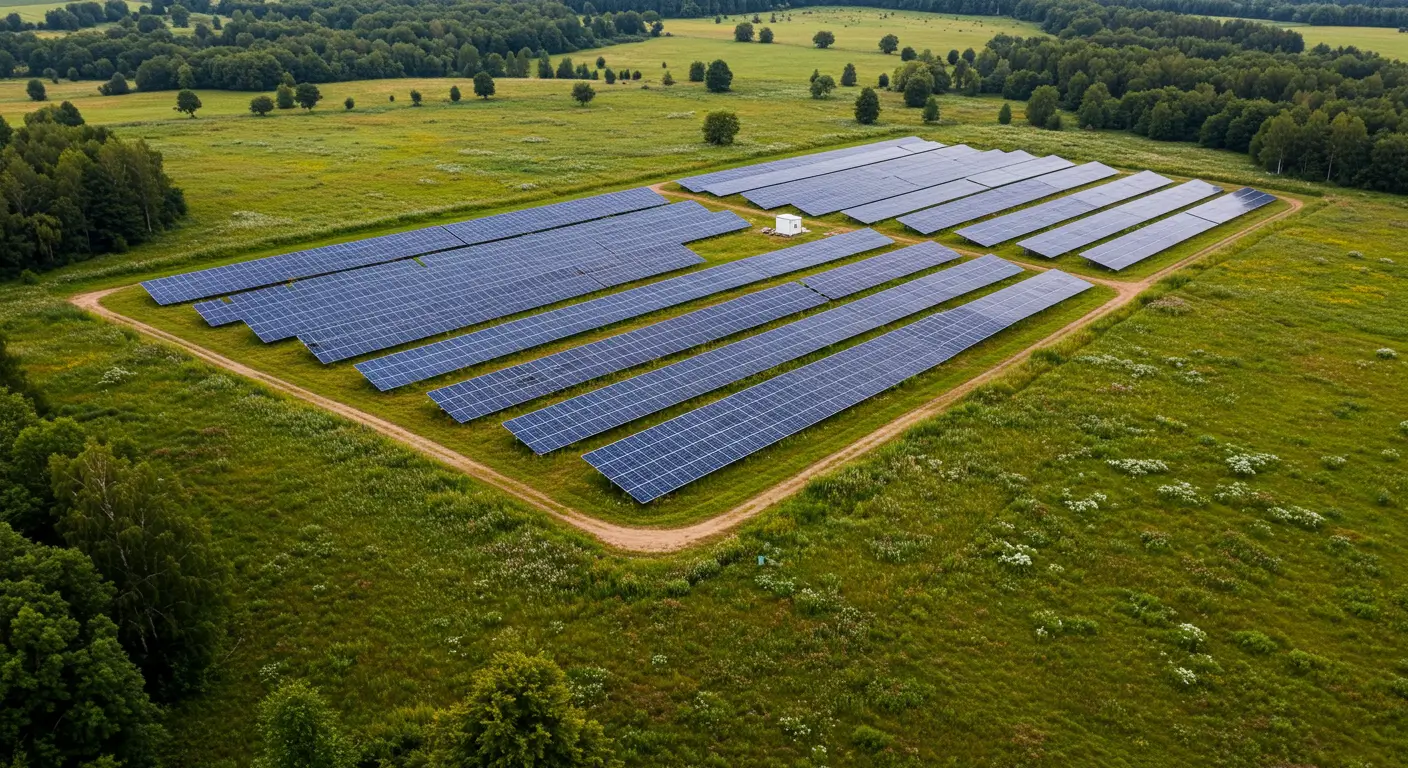
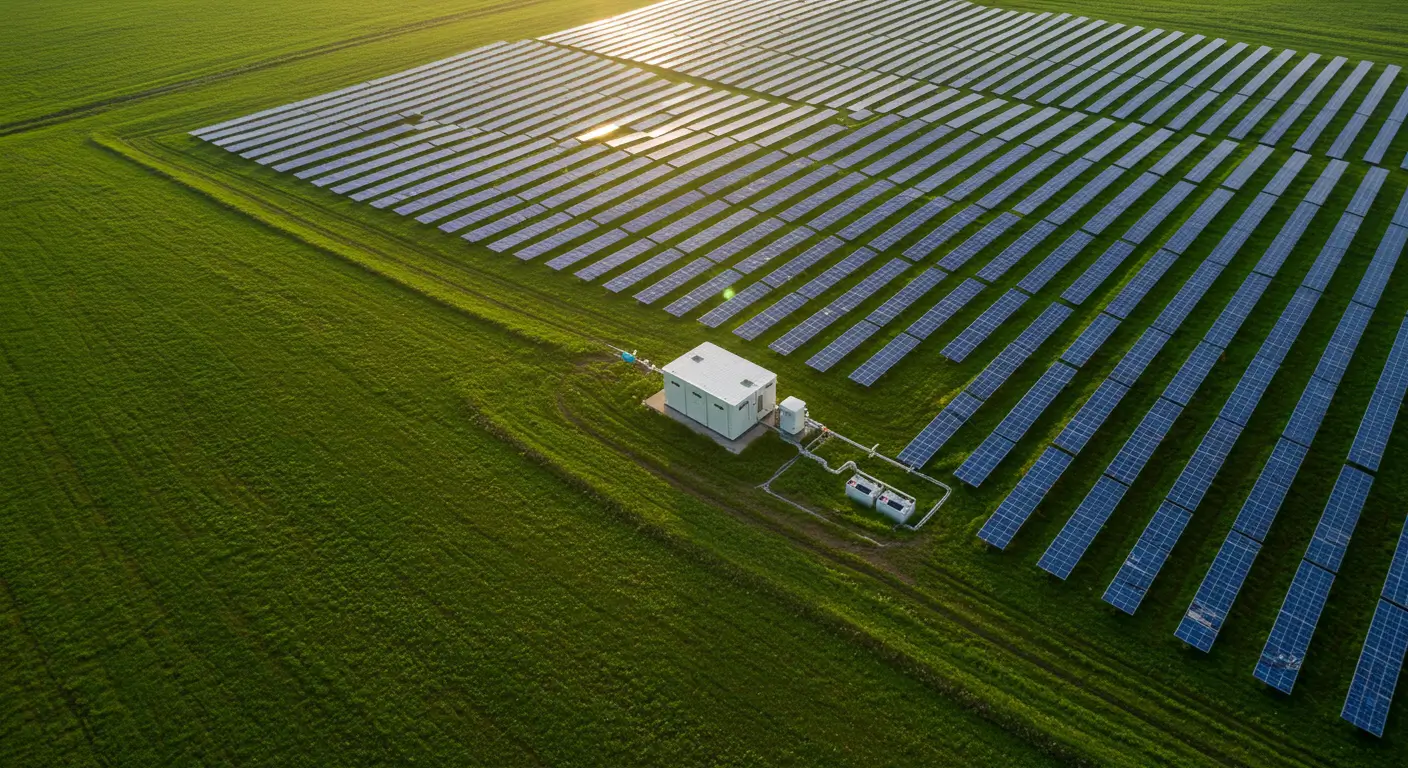

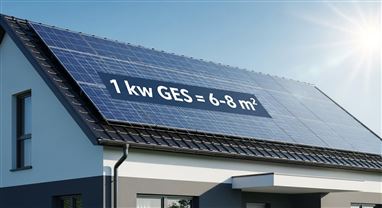
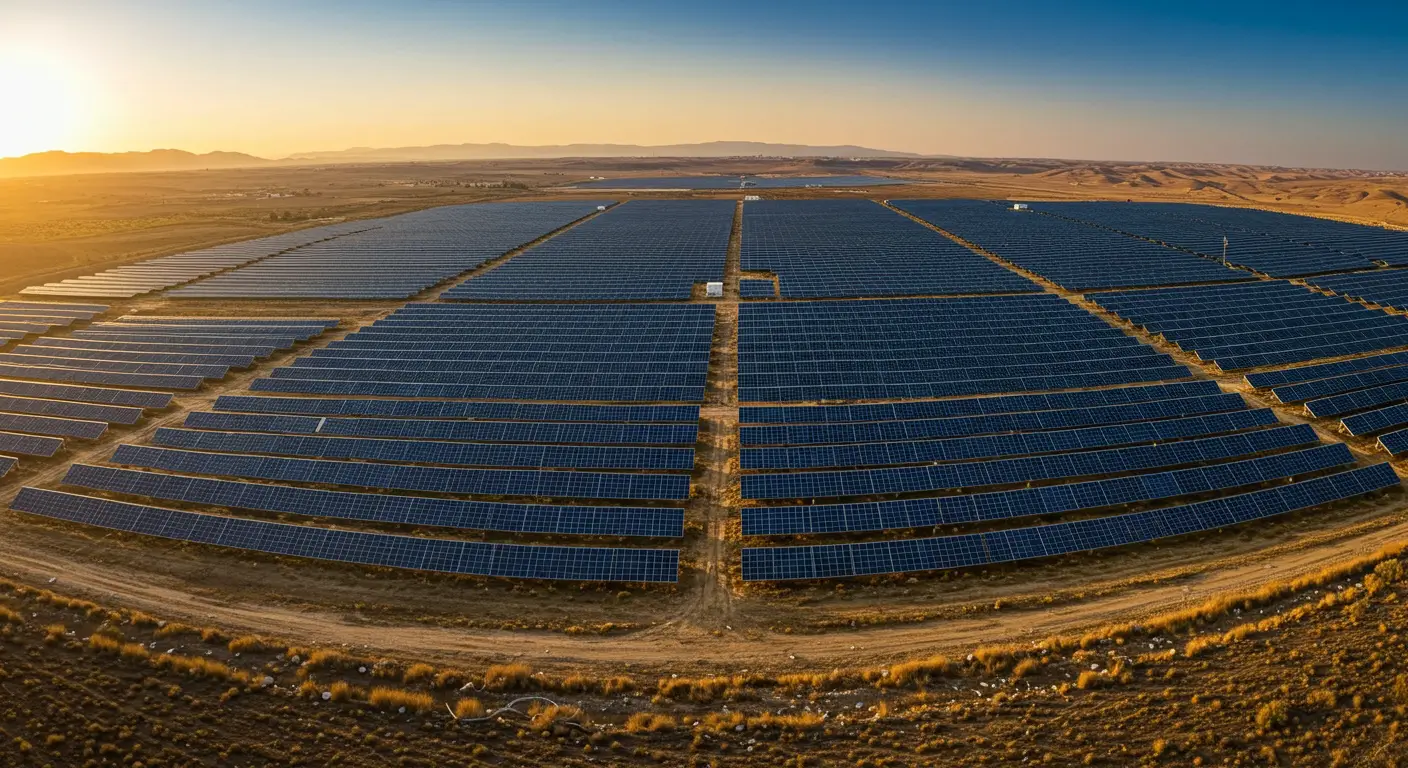
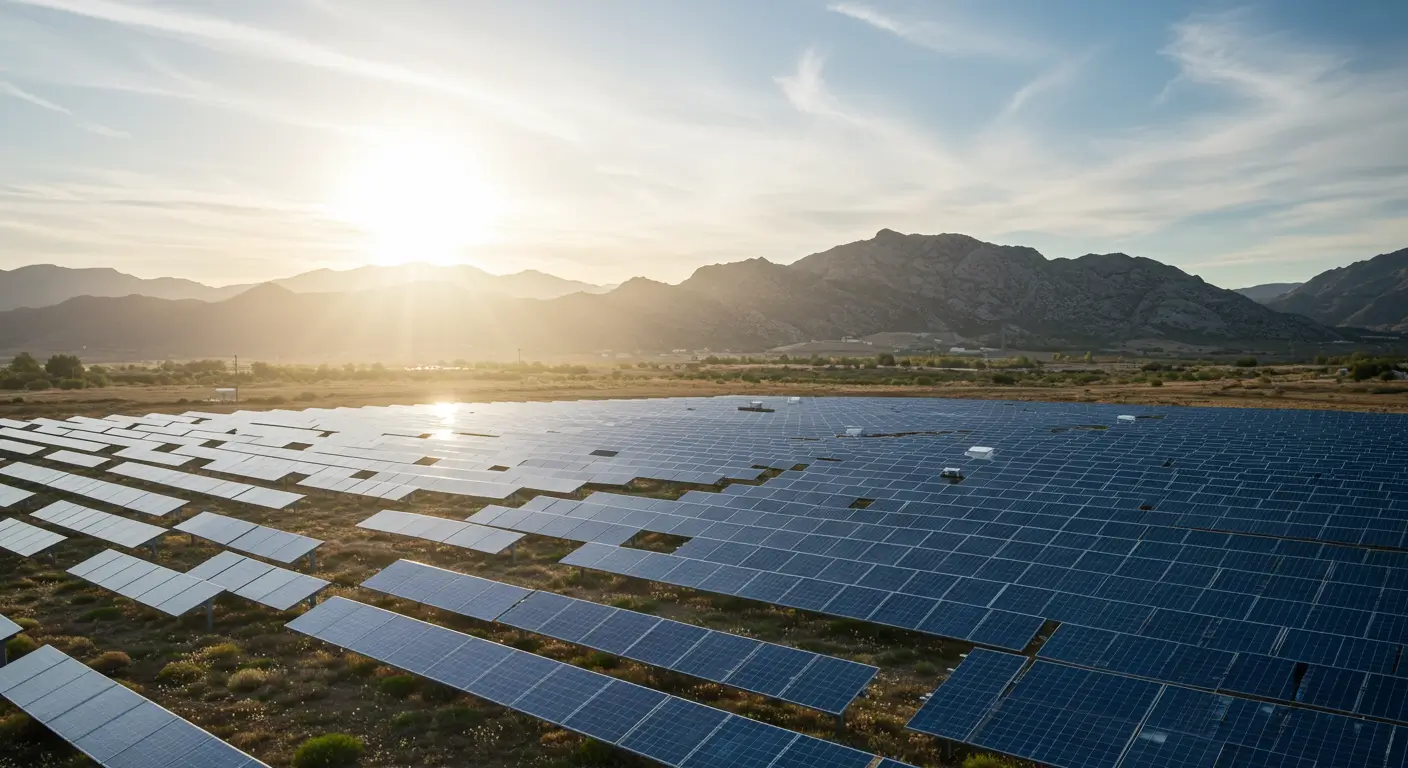
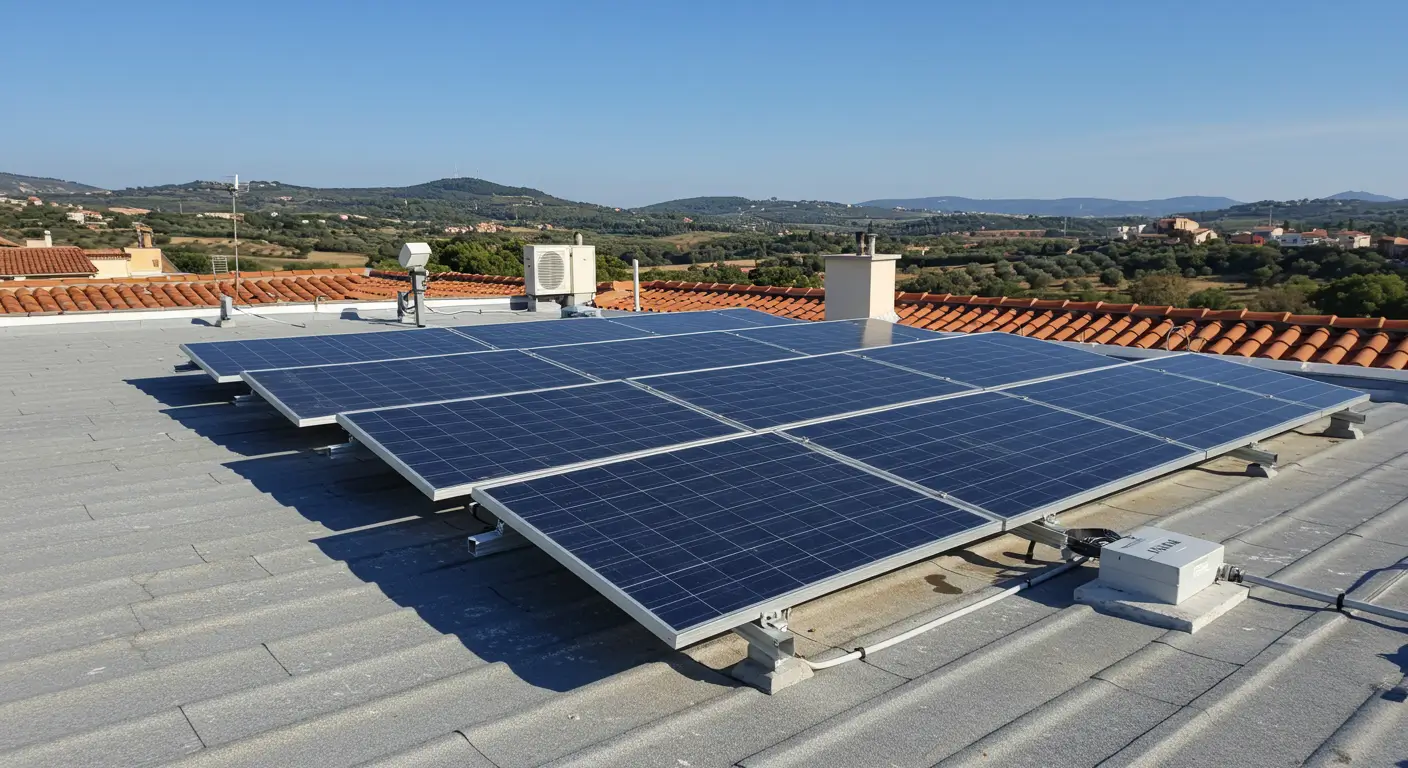
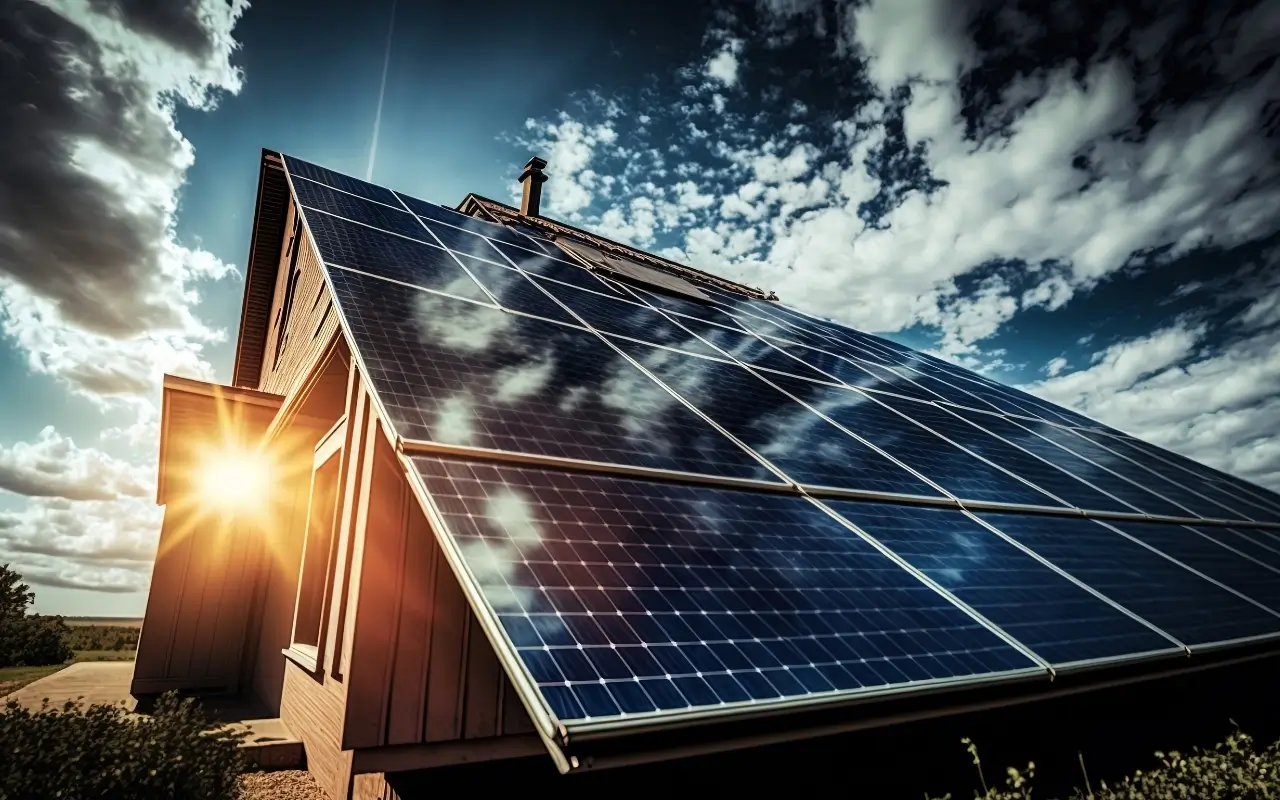
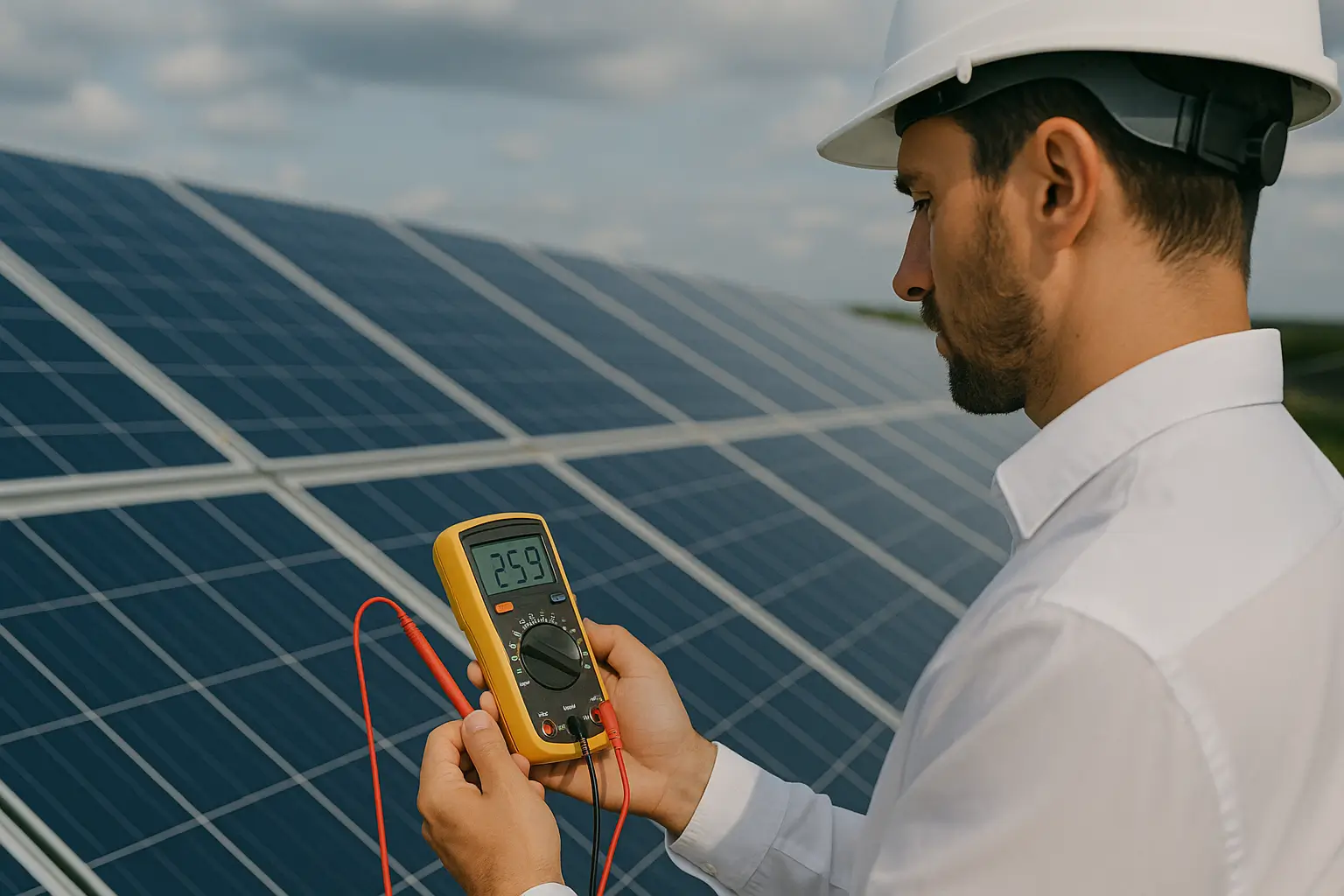
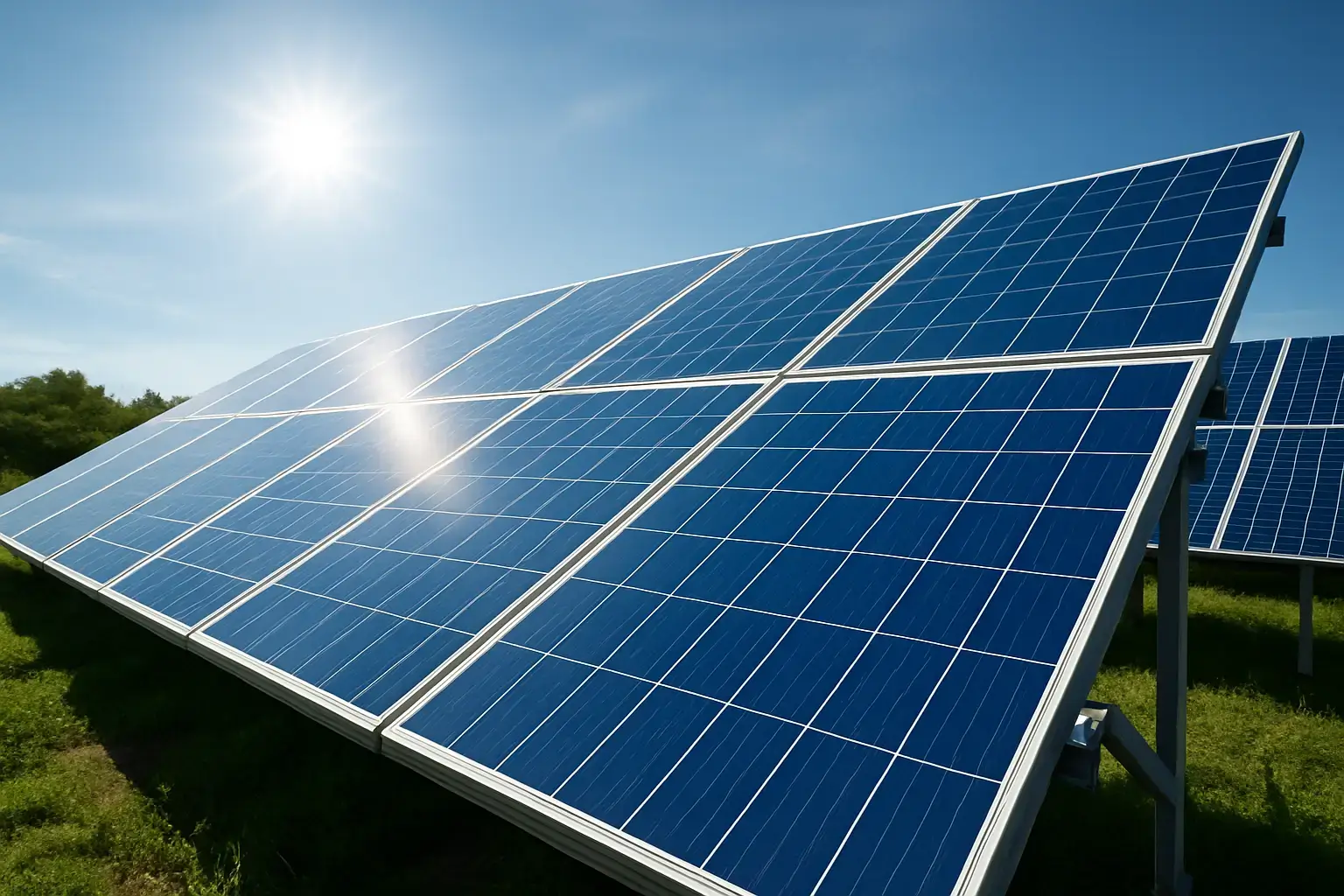
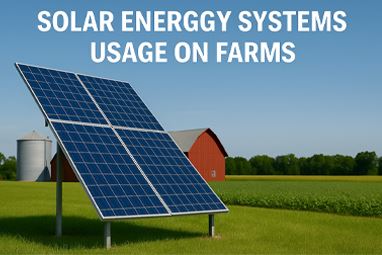

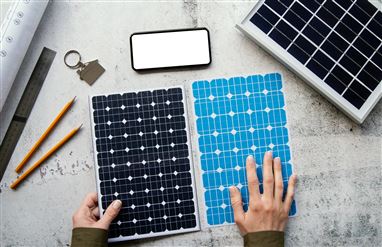




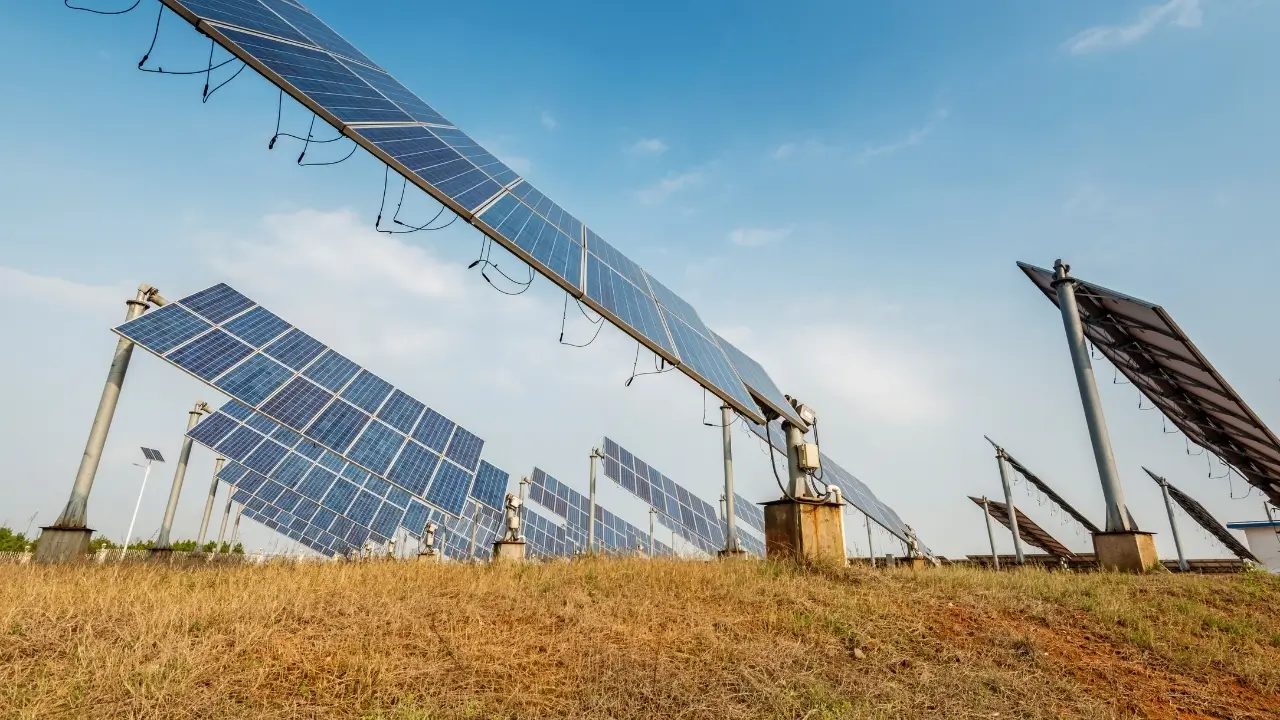
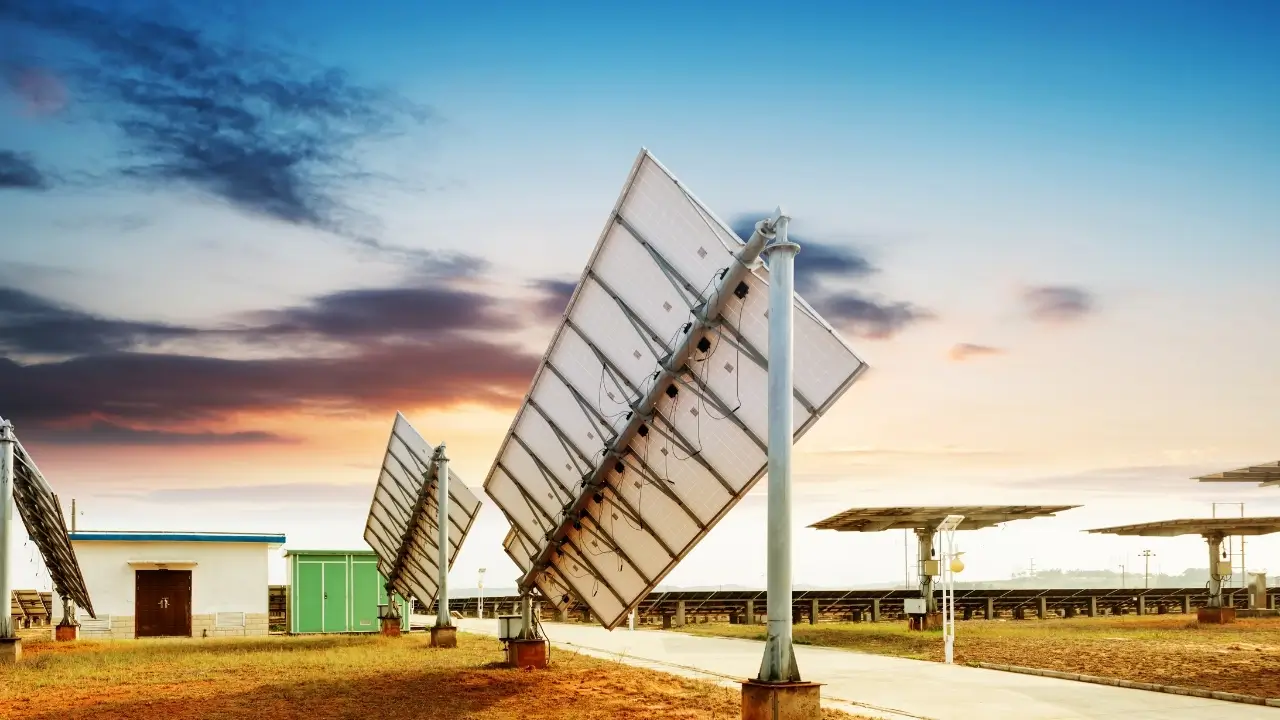

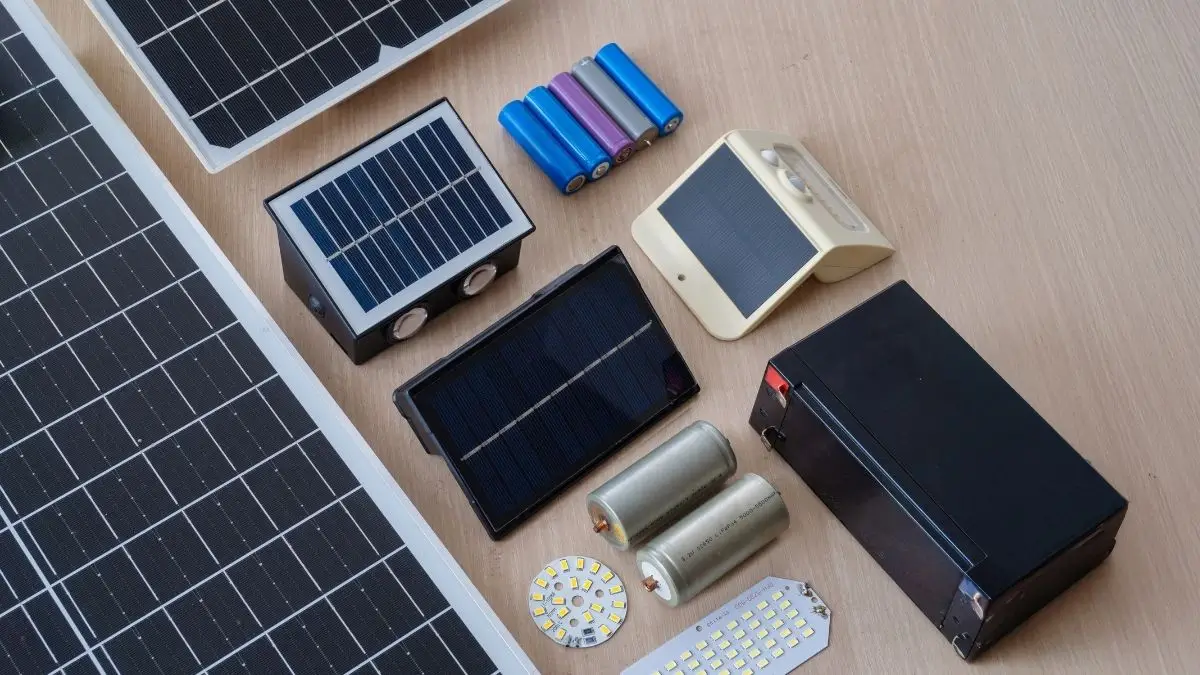
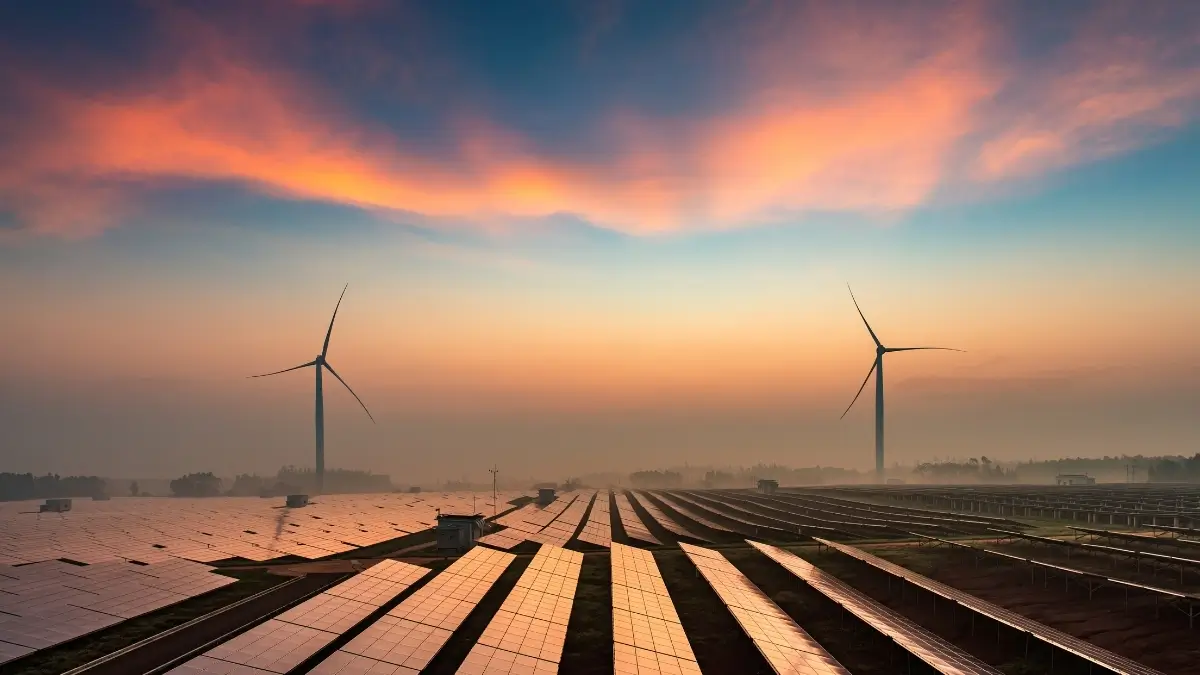
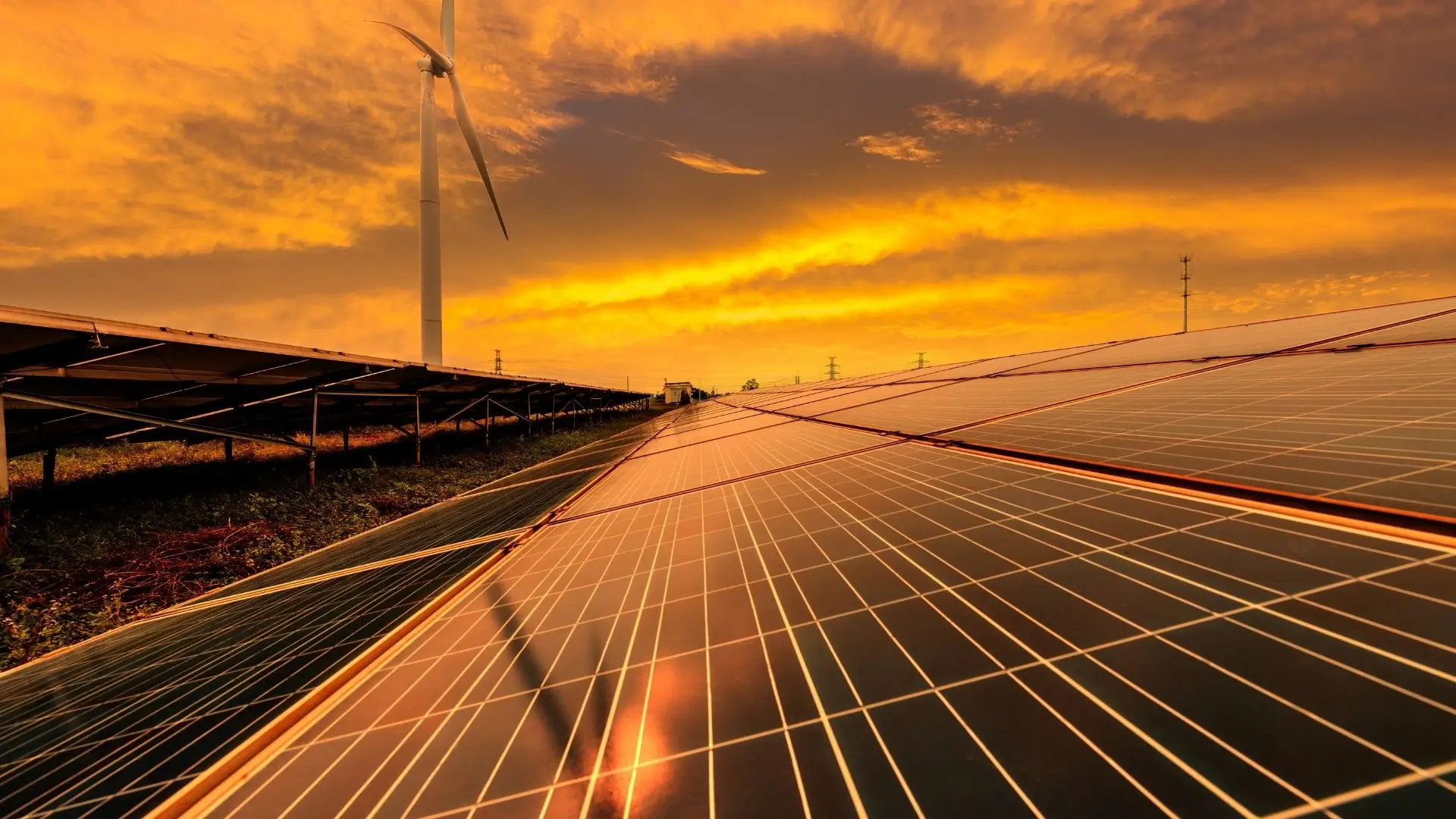
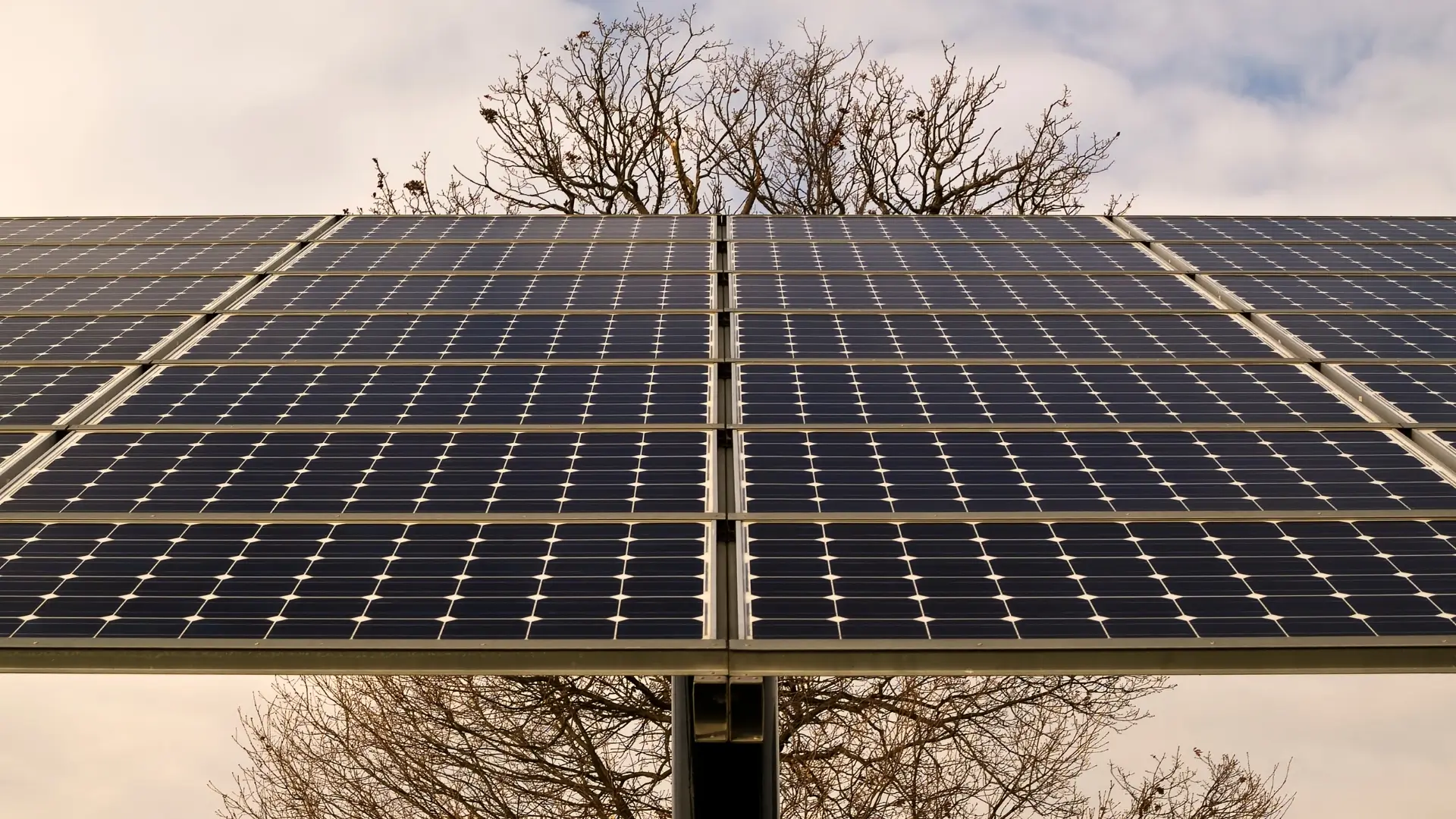
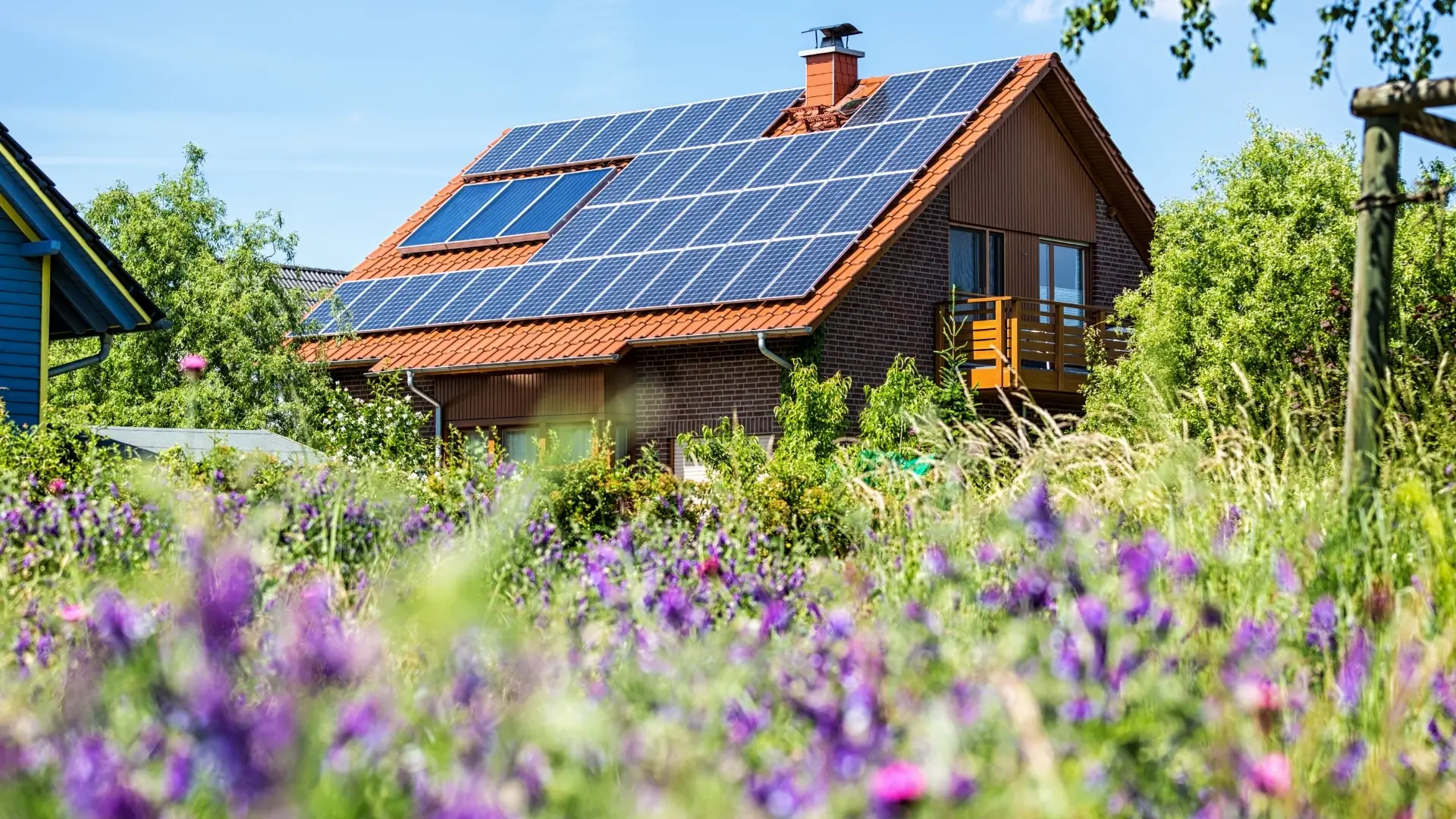
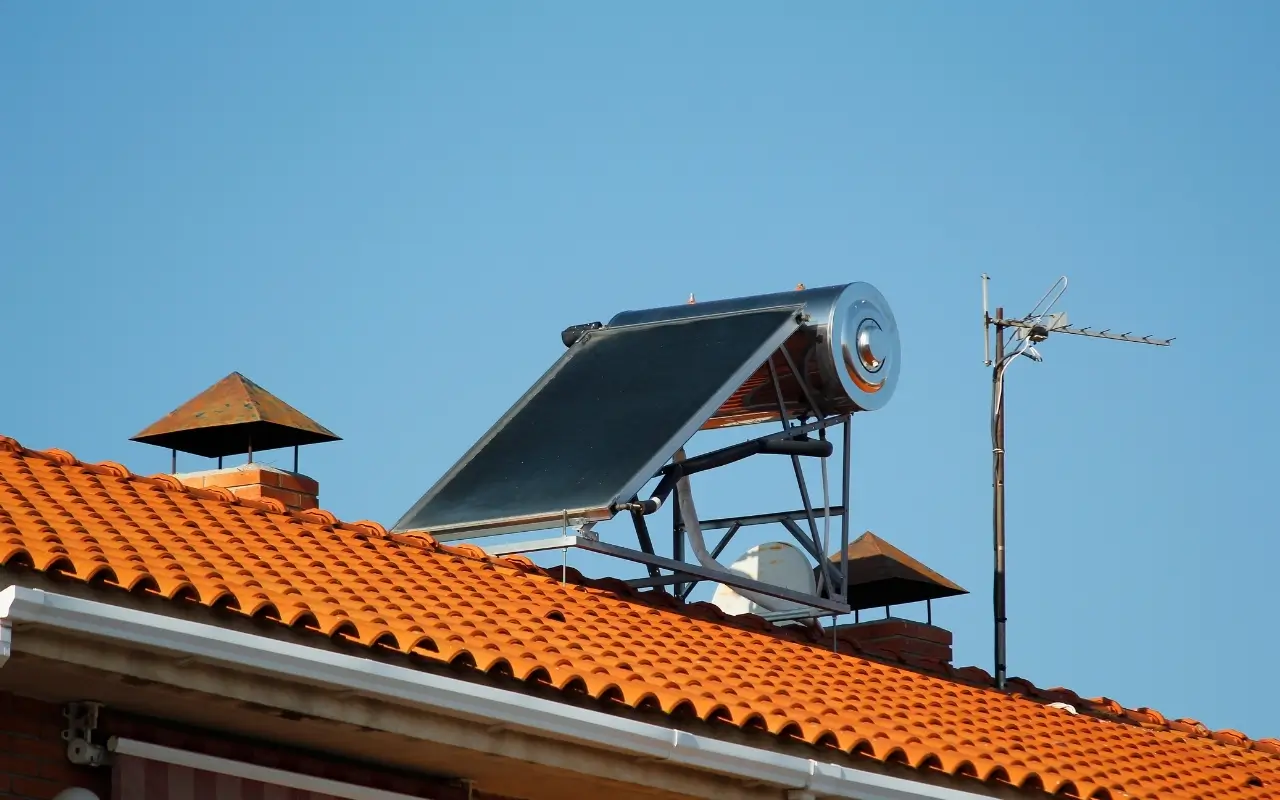
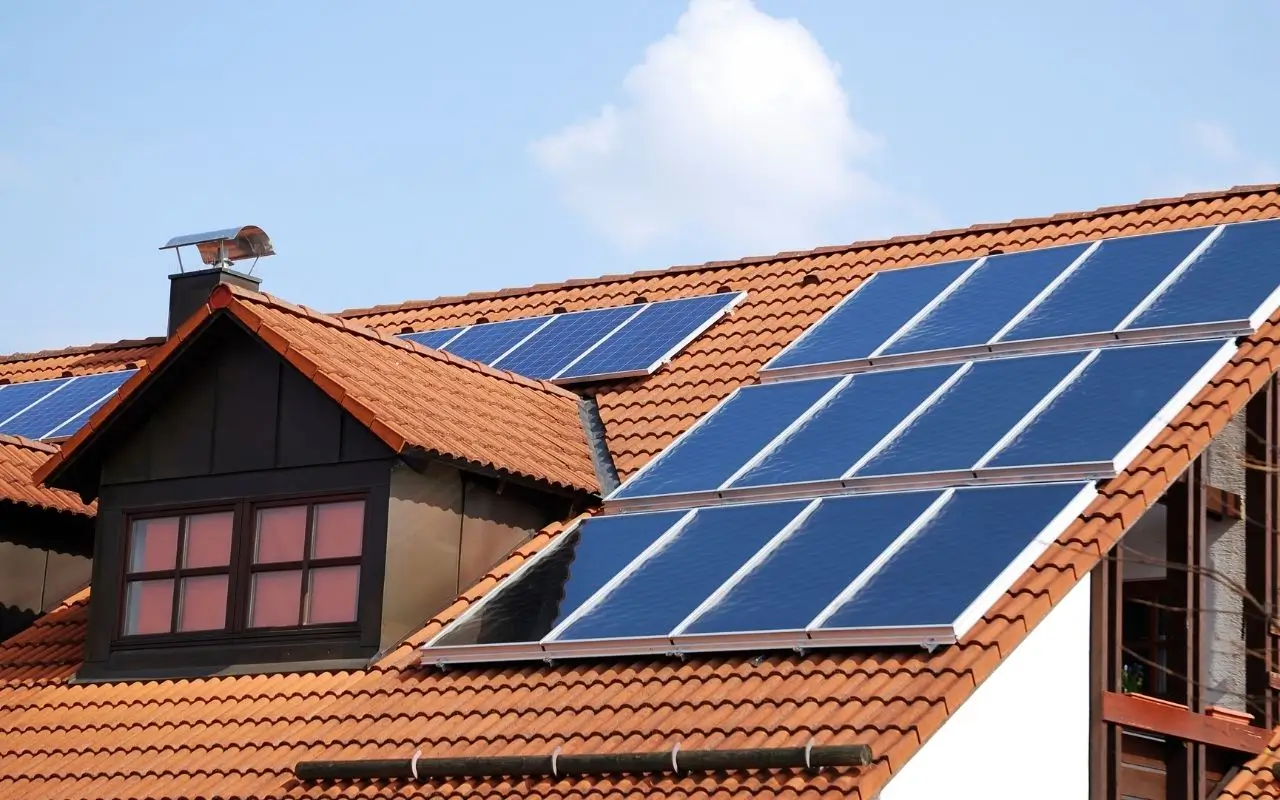

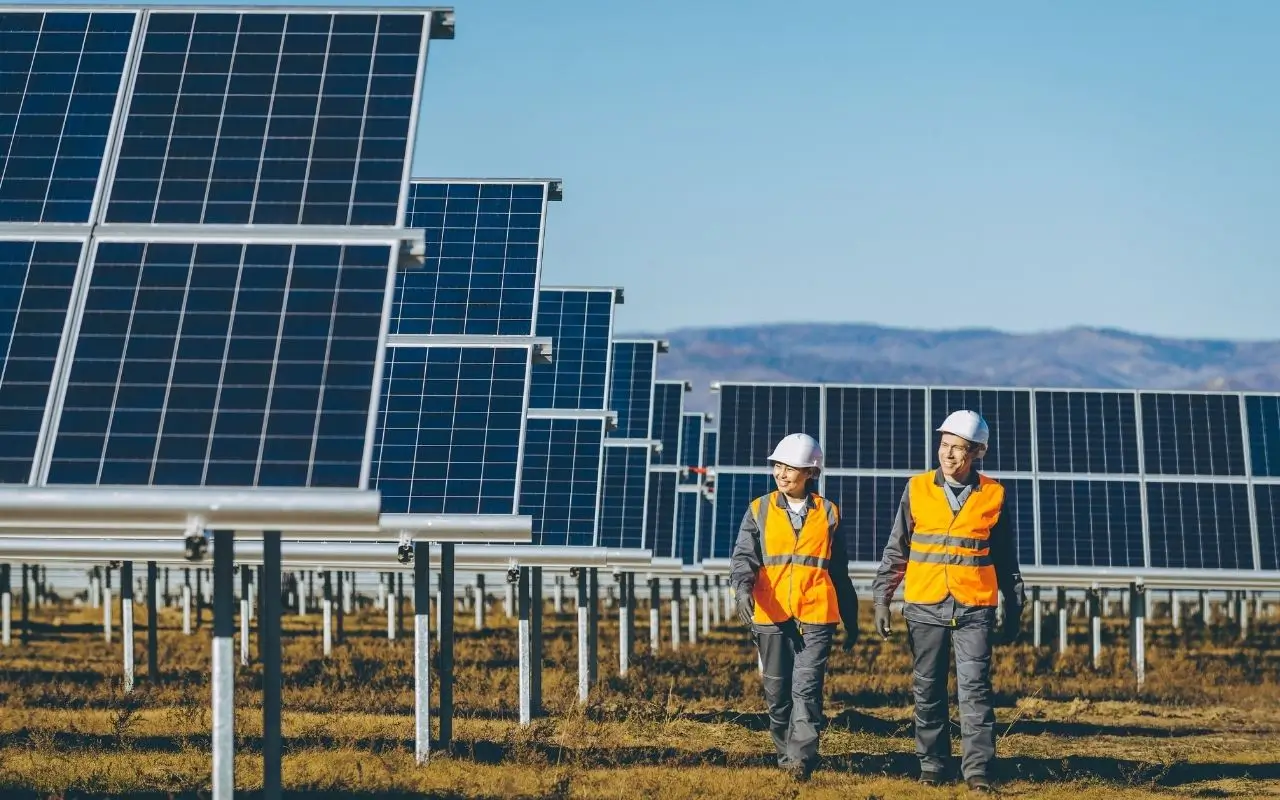
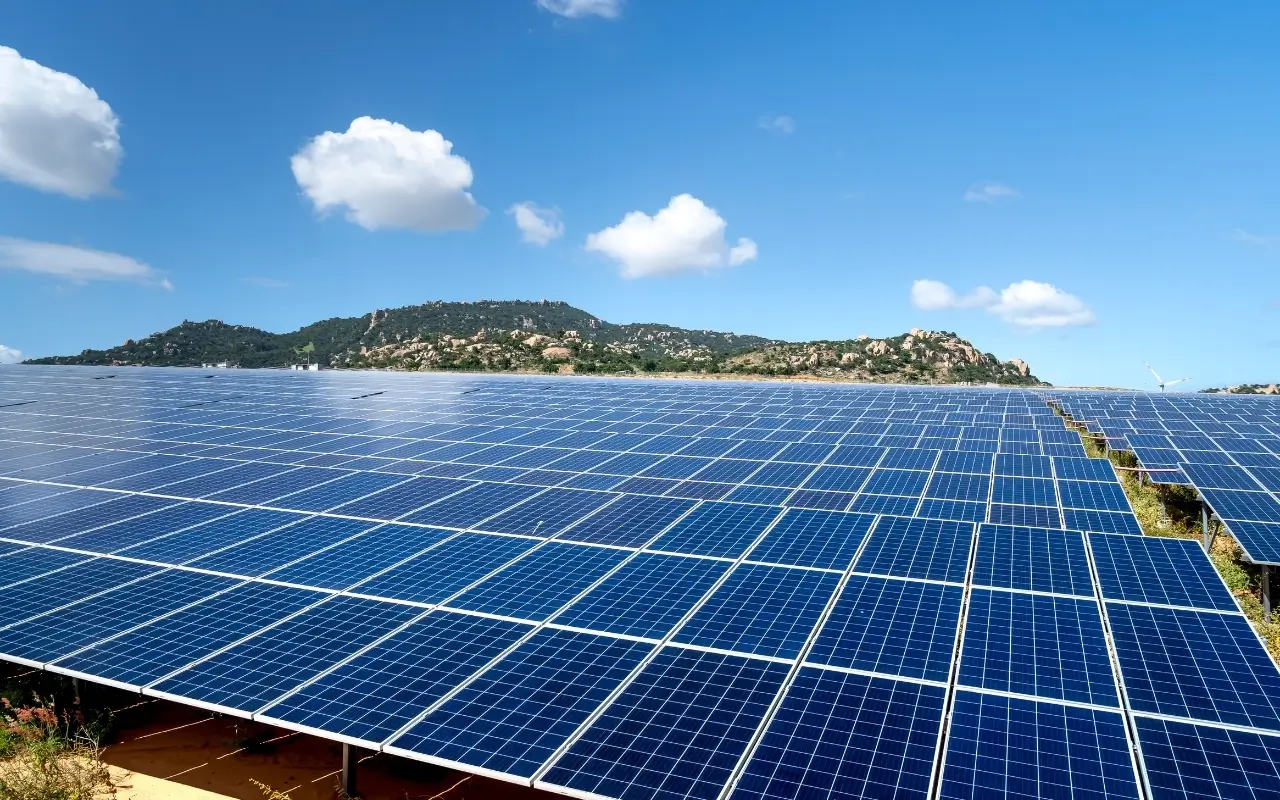
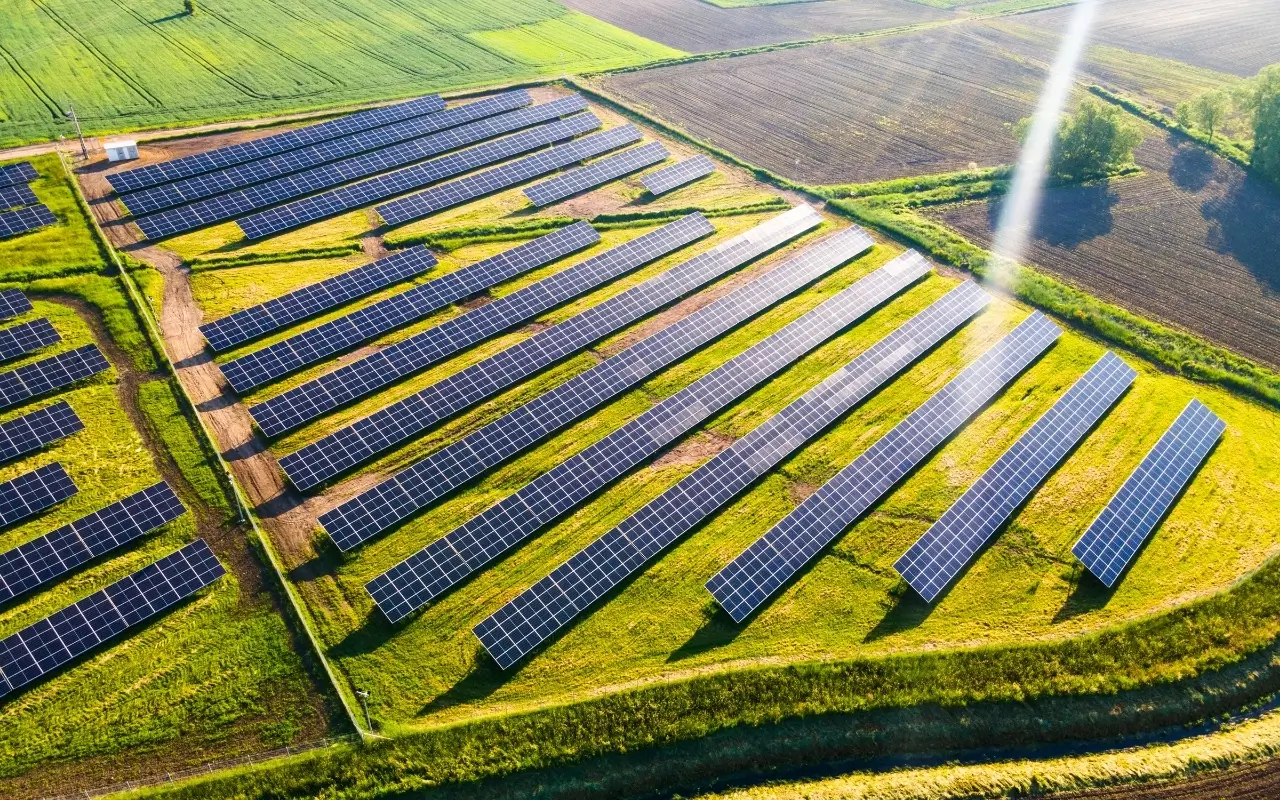
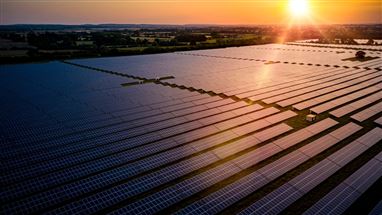
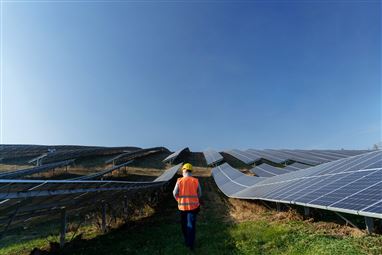

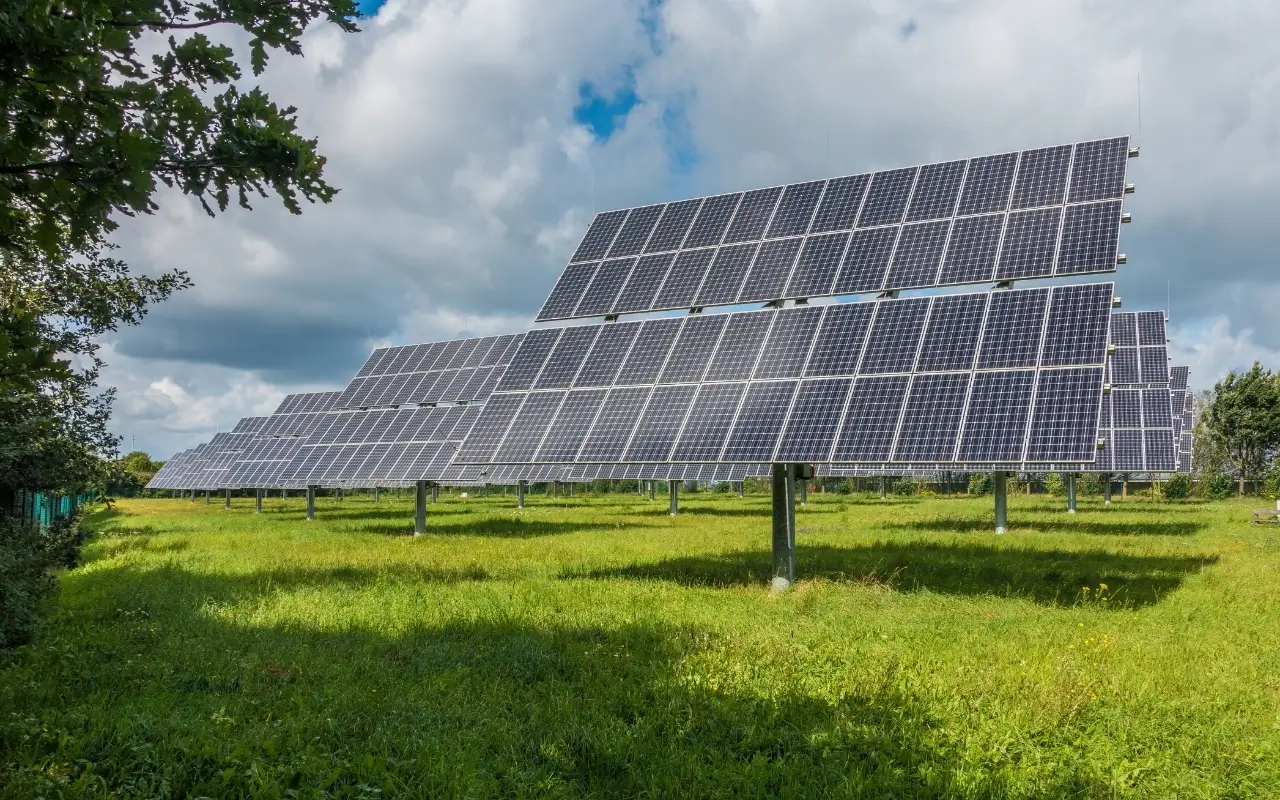
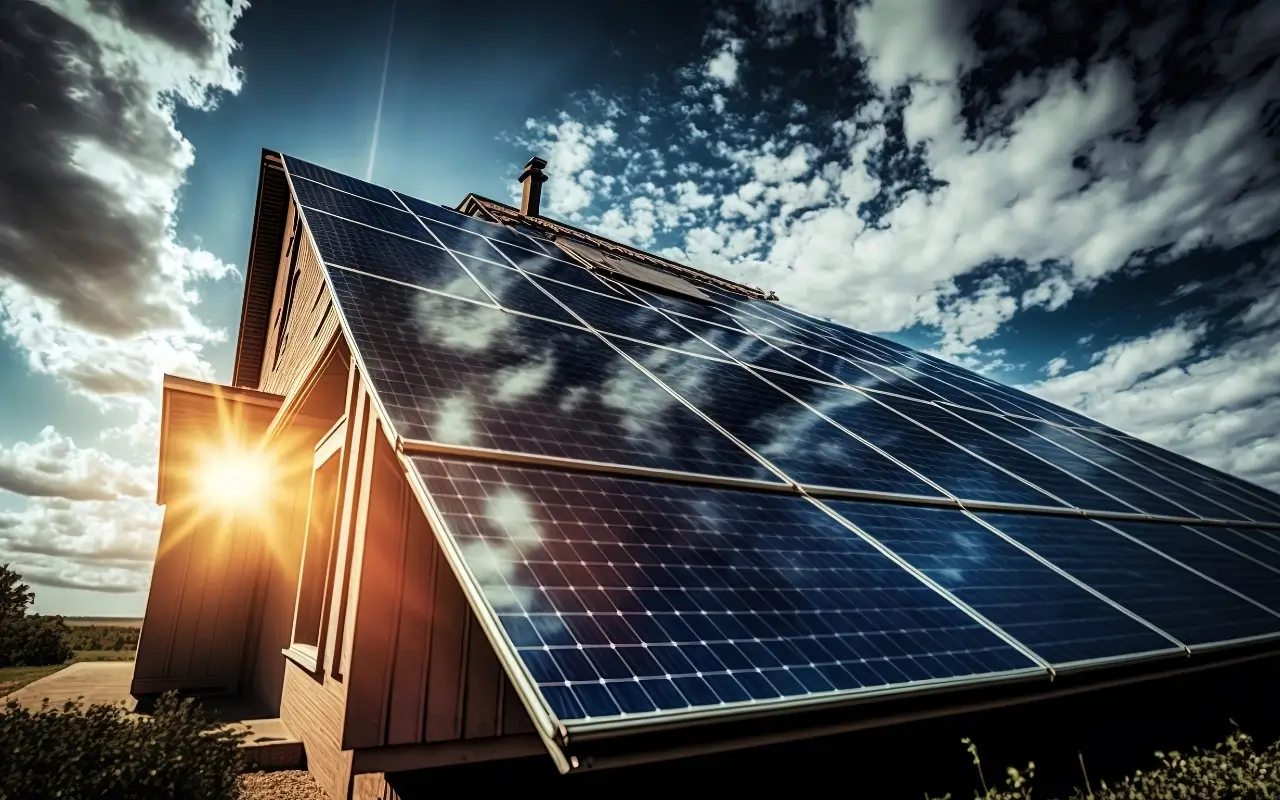
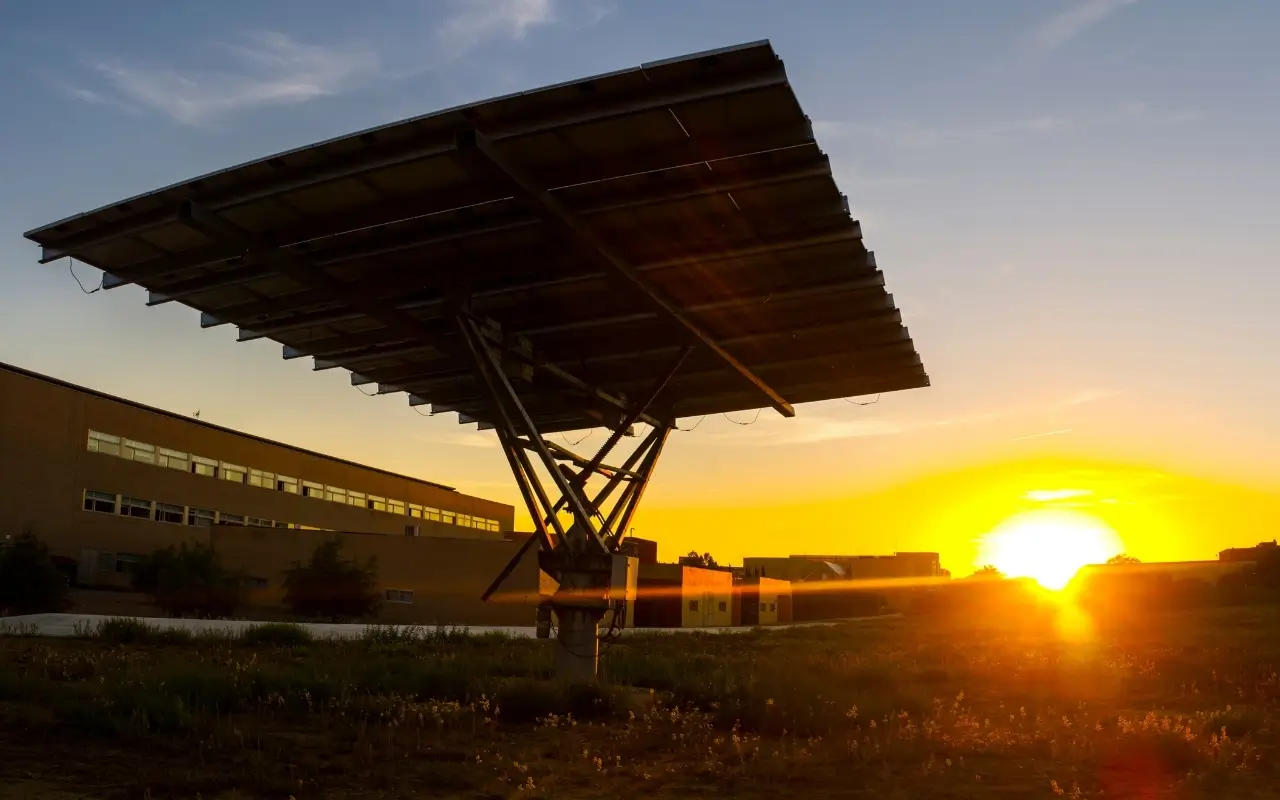
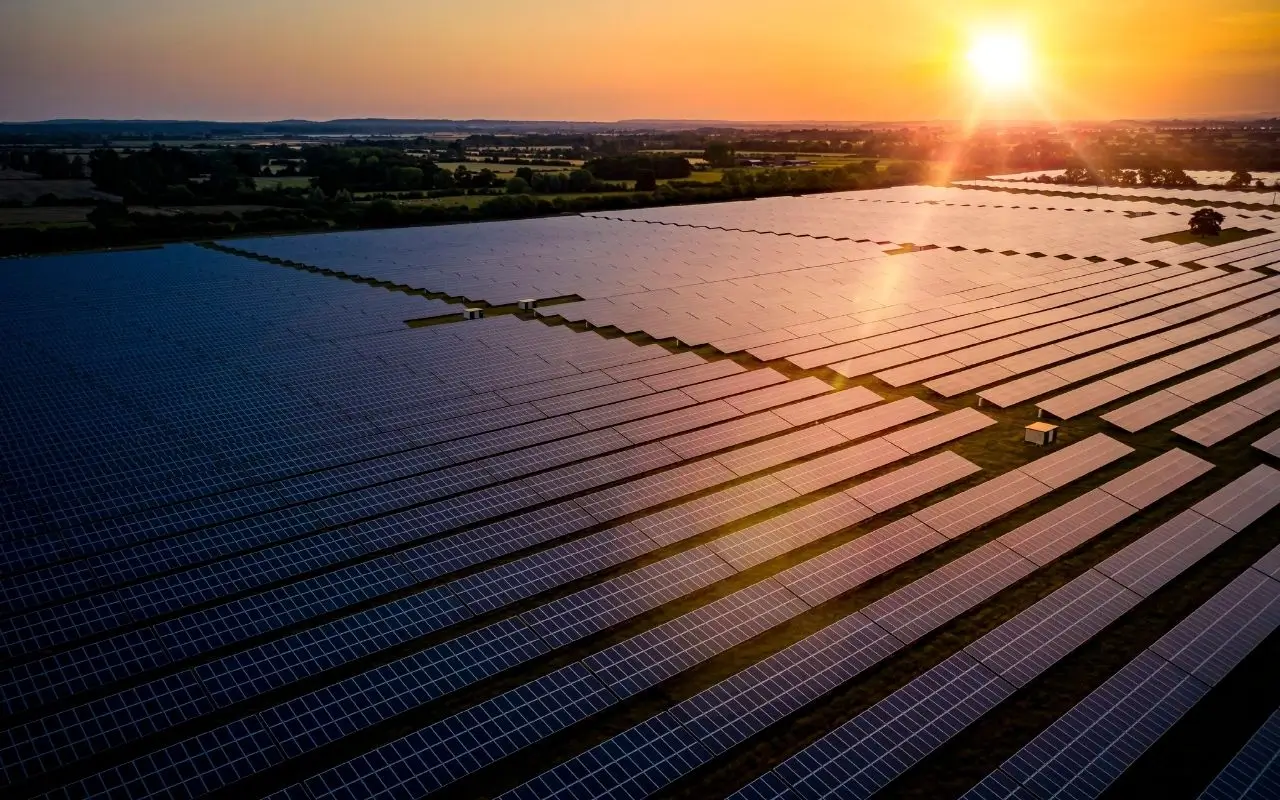
Do Comment